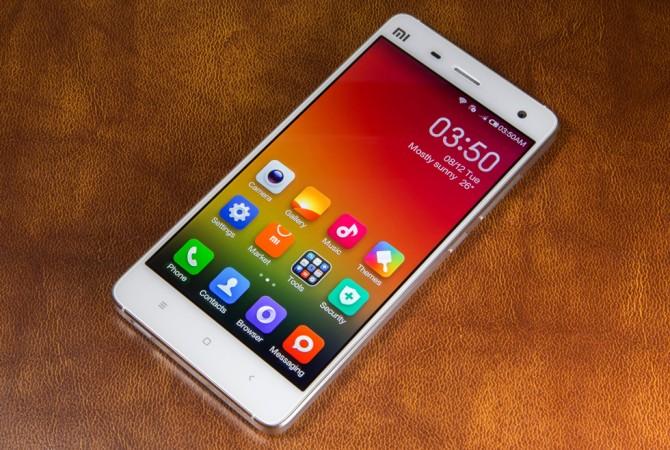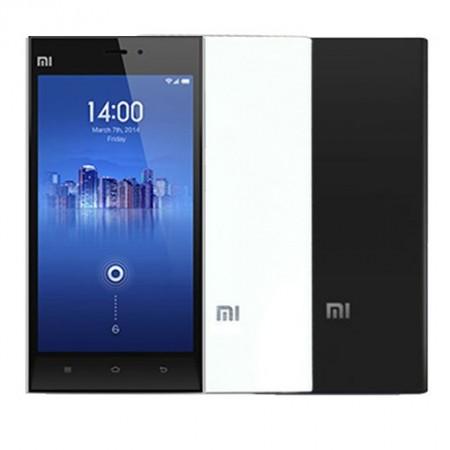Xiaomi has finally hit the ground running for the year with the introduction of the new Mi 4, the flagship that has made quite the noise in the last few months. And as it often happens, the smartphone has already been pitted against its more celebrated predecessor -- the Mi 3.
Although India is being treated to the Mi 4 just now, the handset has actually been around for quite some time in its native China. But interestingly enough, the Mi 3 still remains as one of the most popular smartphones in that part of the world ahead of the Mi 4. That being said, Xiaomi has already made a strong presence for itself, as far as the Indian smartphone market is concerned.
And it's no wonder that Xiaomi-made phones have actually gone to make such names for themselves. Almost all the Xiaomi phones you see around have been highly coveted and been majorly successful owing to their mind-numbing combination of specifications and price tag. This is where most of its rivals bow out.

But heading back to the topic in hand, what's at offer from the Mi 4 that could leverage it ahead of the Mi 3 in the Indian smartphone market? And more importantly, why should you prefer the Mi 4 over Mi 3? Lets take a closer look.
A Better Clocking CPU
In case you think otherwise, numbers matter. They matter a lot, as far as getting the optimal performance out of your new handset is concerned. And as far as numbers are concerned, in this instance, the Xiaomi Mi 4 is powered by the latest version of the Snapdragon 801 chipset (MSM8974AC). This is complimented by a quad-core 2.5GHz Krait 400 processor and an overclocked Adreno 330 GPU. Add to this 3GB of RAM.
The Mi 3, on the other hand, also comes around with a Snapdragon 801 chipset (MSM8274AB). However, the key lies in the CPU clock as the Mi 3 is toned down to 2.3GHz. Apart from that, the Adreno 330 GPU clock is a tad lower as well, alongside a lesser 2GB of RAM.
You can imagine the kind of benchmark results these two will chart comparatively. As we said, numbers matter a lot.

Wider Camera Aperture, Improved White Balance
Both the Xiaomi-made Mi 3 and Mi 4 rely heavily on Sony-made sensors. No wonder both of them offer identical field of view. However, the only major difference between the two cameras (as far as you are concerned) is the aperture size. While the Mi 3 has been set at f/2.2, the Mi 4 boasts a wider one at f/1.8.
In theory, a wider aperture will help the Mi 4 produce better looking and quality pictures, even in low-light conditions. Accordingly, the flash of the Mi 4 has also been tweaked a bit. Now, instead of the dual-LED of the Mi 3, the Mi 4 comes with a single but bigger LED flash.
Battery Has Extra Juice
This is one area where Mi 4 again gets the better of Mi 3. While the Mi 3 came with a 3050 mAh battery unit, the Mi 4 adds a tad bit to it by offering a 3080 mAh battery unit. While both the batteries will, more or less, last you for similar amounts of time, expect the Mi 4 to last a bit more, compared to its illustrious predecessor. Also, tests earlier have shown that Mi 4's battery stands out in terms of 3G talk time compared to the Mi 3's.

Upgraded Video Quality
This is another area where it becomes almost evident that Mi 4 is surely an attempt towards class from Xiaomi over the previously released Mi 3. In the video category, the Mi 4 supports 2160p and 1080p video capturing at 30 fps, alongside the option to enable HDR mode for both resolutions. The Xiaomi Mi 3, on the other hand, is limited to 1080p video recording only. This means, while the 4K clips churned out of the Mi 4 have a bit-rate of around 40 Mbps, the clips out of the Mi 3 have a bit-rate of around 15 Mbps.









